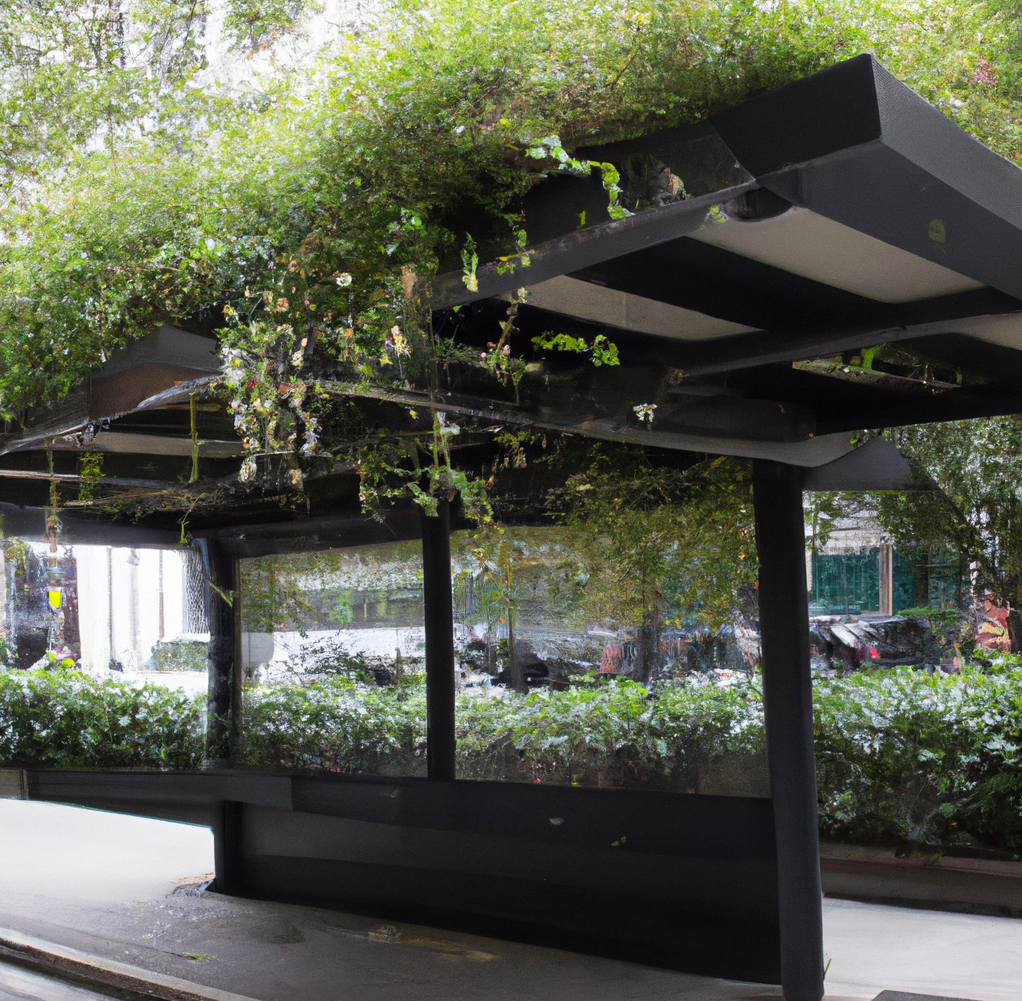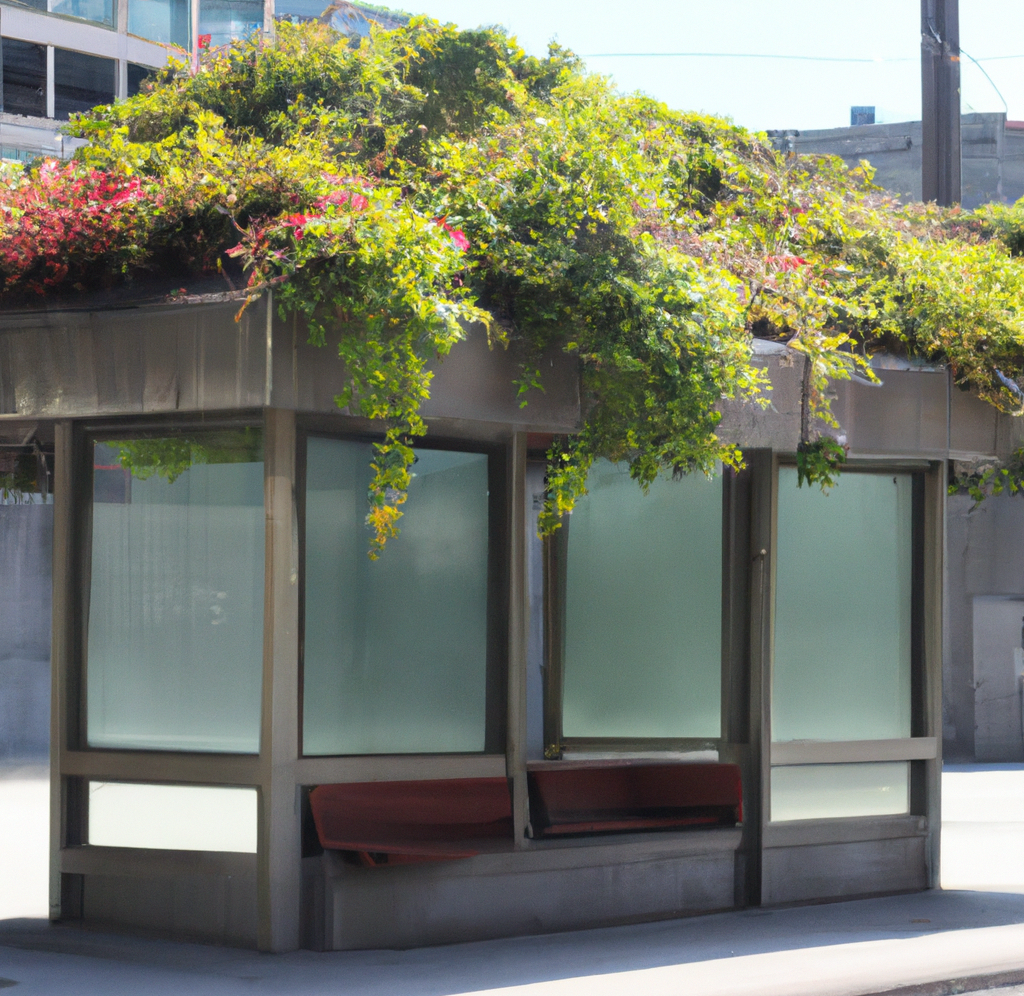
New York City has a lot of concrete, and it’s not located in the desert. As a result, it’s got a problem with flooding, and the problem is only growing. One obvious solution to this problem is to get more soil and greenery in the Big Apple. But where? This is New York City, after all!
Of course, you read the title already — the answer is bus stops. One solution is to add rooftop gardens to the many bus stops around the city. New research on this topic has concluded that this would be much cheaper than dealing with more flooding.
“Taken together, NYC’s bus shelters cover an area the size of four football fields. That means in an average year, they protect New Yorkers’ heads from over 6.5 million gallons of rainwater, which flows off the shelters onto sidewalks and into sewers,” Gothamist writes. Urban planner Ben Matusow, while in graduate school at Pratt Institute’s Center for Planning and the Environment, came up with the idea to spread greenery across the roofs of those bus shelters. “The idea comes also with the opportunity to enshrine new greenery, which could help absorb carbon emissions and aid urban life.”
It’s brilliant. Simple, low tech, and brilliant. That said, it’s not an original idea. Other cities have done it, and that’s part of the case for NYC doing so. “His analysis centered around how NYC is already committing billions of dollars to flood prevention, comparing the cost of those measures with the rollout of green bus shelters in other cities, both in the U.S. and abroad. Boston, Philadelphia and Buffalo are among seven American cities to have trialed green-roofed shelters, along with cities in countries from Brazil and Japan, to Amsterdam.” One thing that was determined in the research, though, was that the plan would have to be implemented at scale. Economies of scale is a thing, and that goes for this concept like most others. Greening one bus shelter in Pittsburgh cost $12,000. Greening 300+ shelter roofs in Utrect (in the Netherlands) cost $1,400 each.
“Dividing the cost of current NYC flood infrastructure by the amount of water it captures means the number to beat, per shelter, is over $4,000. The city is home to approximately 3,100 bus shelters.” If NYC is as cost-efficient as Utrect, this approach would be more than twice as cost-effective as the city’s current approach.
NYC, be smart — green your bus shelters.
For more details on the idea, Ben Matusow’s research, and context around the problem, read the Gothamist’s full article on the topic.
Featured image created by Zach Shahan using DALL·E.
Sign up for daily news updates from CleanTechnica on email. Or follow us on Google News!
Have a tip for CleanTechnica, want to advertise, or want to suggest a guest for our CleanTech Talk podcast? Contact us here.
Former Tesla Battery Expert Leading Lyten Into New Lithium-Sulfur Battery Era — Podcast:
I don’t like paywalls. You don’t like paywalls. Who likes paywalls? Here at CleanTechnica, we implemented a limited paywall for a while, but it always felt wrong — and it was always tough to decide what we should put behind there. In theory, your most exclusive and best content goes behind a paywall. But then fewer people read it! We just don’t like paywalls, and so we’ve decided to ditch ours. Unfortunately, the media business is still a tough, cut-throat business with tiny margins. It’s a never-ending Olympic challenge to stay above water or even perhaps — gasp — grow. So …






